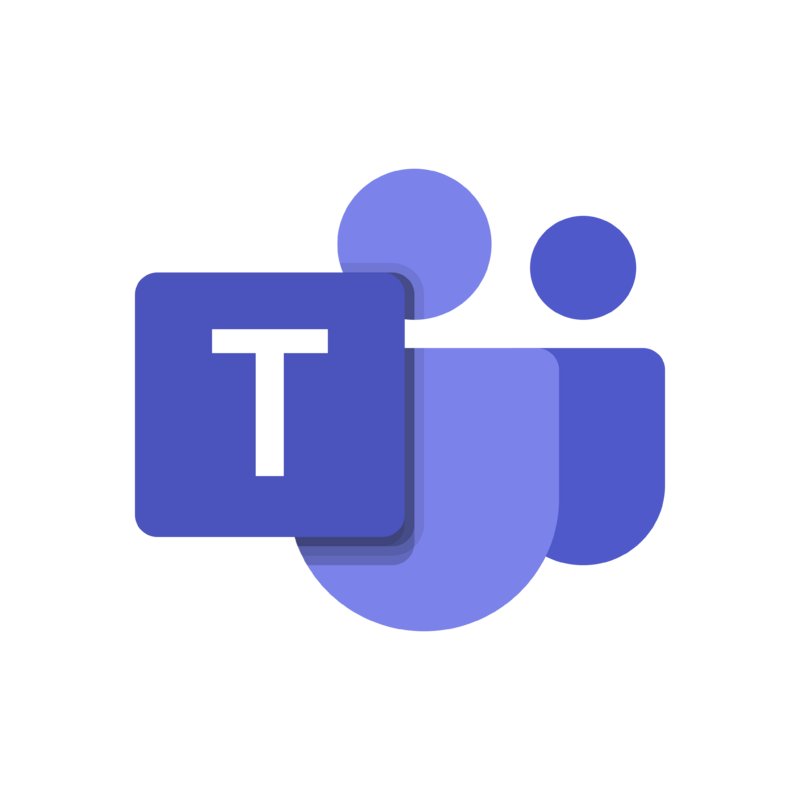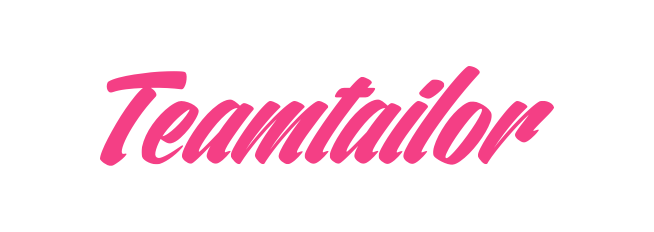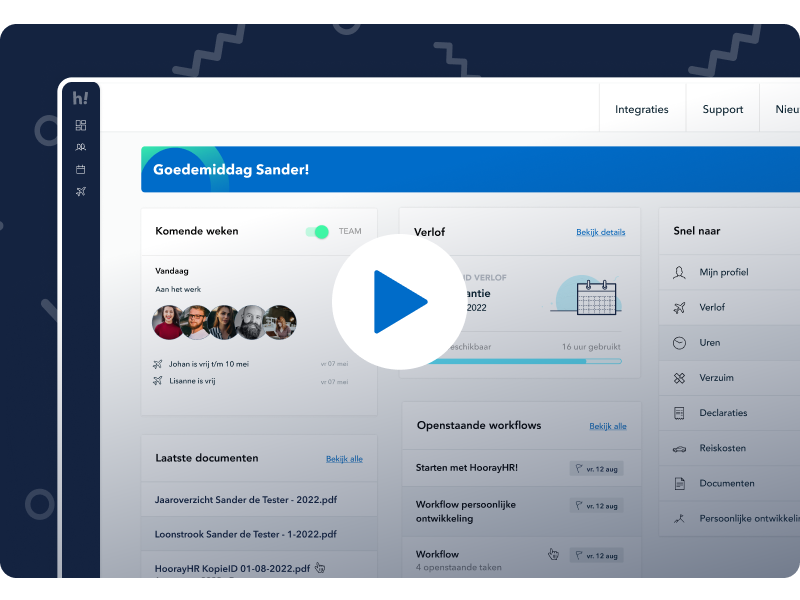
Types of HR software technology explained: from HRIS, HCM, HRM and ATS to LMS
Many HR terms have entered the HR tech scene in the last couple of years. We’re often ask what certain HR terms exactly mean. There is a jungle of abbreviations like TMS, ATS and LMS. But there are also terms for more general HR software, such as HRIS, HCM and HRMS. What’s the difference? What do these abbreviations mean? As HR tech lovers, we’re here to help you find your way through.
The difference between HRIS, HCM and HRMS
We’ll explain the difference between the HR software terms HRIS, HCM and HRMS first. Basically, HRIS is the base of your HR software and HCM and HRMS are the more extended versions of HR software.
HRIS – Human Resources Information System
HRIS is the most basic form of HR software. You record the HR information of your organisation with it, such as employee details and requests for time off. An HRIS is the base for streamlining HR processes and is seen as the first step towards professionalising HR.
An HRIS automates the most common HR processes for both employer and employee, so all information and agreements are lined up, structured and taken care of. An HRIS supports the entrepreneur or HR manager in taking care of the following:
HRIS functionalities:
- Onboarding
- Leave management
- Absenteeism
- Contract management
- Employee Self Service (employees have access to and can take care of HR affairs)
- Pay
- Support the performance management cycle
- HR analytics/reporting
HoorayHR is an example of a smart HRIS for SMEs, with extra features such as document management, useful distribution of user rights and smart workflows. The HRIS process above are supported by HoorayHR in a smart way within a modern and intuitive tool. Check out our features to get to know more about HoorayHR.
Schedule a demo
HCM – Human Capital Management
If you go a step further than an HRIS, you end up with the HCM system, or Human Capital Management System. The HCM system includes everything described in the HRIS, along with a number of additional complex elements that appear frequently in larger companies. These companies often have larger teams, operate internationally and have more complex financial structures that need to be supported. An HCM therefore has the following additions in addition to the items in an HRIS:
- Compensation planning
- Budgeting
- Talent management
- Performance tracking
- Global planning (when an organisation works in complex international teams)
HRMS – Human Resources Management System
An HRMS, or HR Management System, is an overarching application in which different systems come together from one software provider. The software provider usually helps international operating companies to solve their HR challenges with different solutions and combines these in one integrated environment. Think of an HRIS and HCM, with on top of that for example separate software solutions for payroll, talent management and time management. Everything to maintain global control over the complete workforce. Examples include large software suppliers such as Workday and SAP.
More HR terminology with HR tech
HR tech is developing rapidly, with more and more HR processes being automated. This offers plenty of opportunities for SMEs, but also for large organisations. In addition to HRIS, HRMS and HCM, the following terms and systems are on the rise:
TMS – Talent Management System
A TMS, another fancy abbreviation. It means Talent Management Software. With a TMS you can manage all the processes surrounding the development of your employees. Think of issues such as personal development, goals for employees, and linked to this, for example, wage development. Some TMSs also help you with recruitment by helping you visualise what your team looks like and who would be the best to hire for a particular job. A TMS is valuable for developing your team in the long term:
- Employee Lifecycle Management
- Talent acquisition
- Compensation management
- Succession Planning
- Performance management
ATS or Recruitment CMS – Applicant Tracking System
ATS means Applicant Tracking System. You can see an ATS as your Recruitment CRM. An ATS lets you create and put out vacancies easily so potential candidates can apply to your company directly. The job applications enter the ATS so you can direct the selection process with it. This is convenient when you want to assess CVs with multiple colleagues at the same time, invite a potential candidate for an interview or reject a group of people. Finally, an ATS offers insights in the success of marketing campaigns around your vacancy.
LMS – Learning Management System
A Learning Management System (LMS) is a digital platform you can use to organise all training activities of your company. It’s a platform where employees can improve and learn new skills through (online) training, tests, assignments and coaching. A good LMS helps you keep an overview of employee development and gives you the option to provide each other with feedback.
PMS – Performance Management System
In order to structure the process of feedback and communication between managers and employees, you can opt for a PMS (performance management system). A PMS supports the process of personal development and provides structure and overview of all ‘performance’ data. Based on this data, you can make better job descriptions, formulate objectives for each individual and link them to company objectives, and of course document the development of an employee.
Schedule a demo





